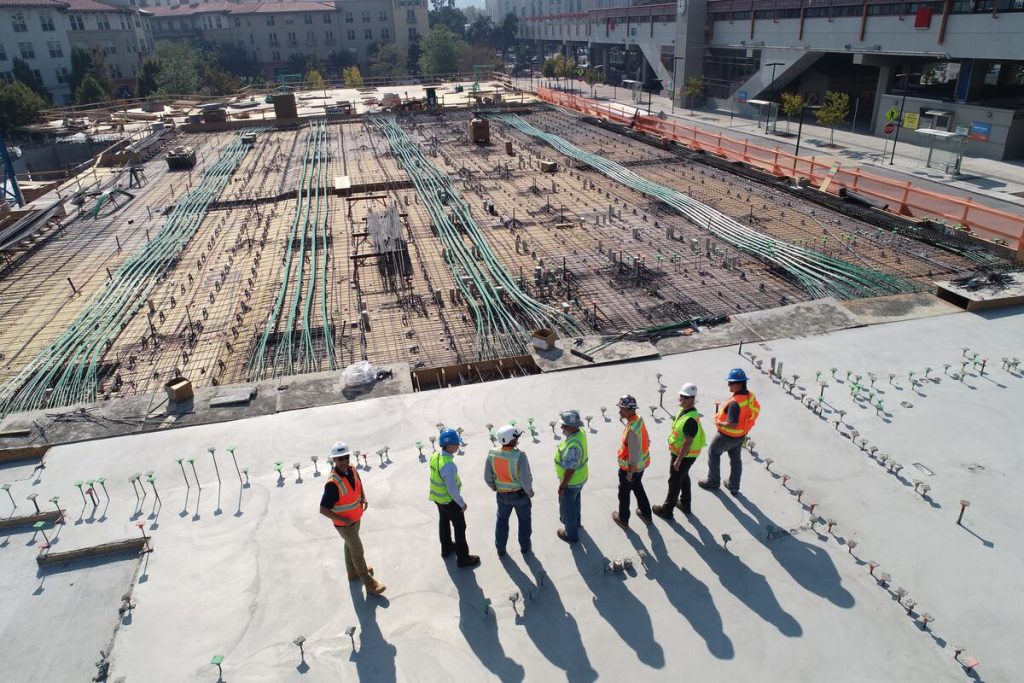Are you a construction contractor currently doing small jobs that do not need lifting equipment? If so, you should know how much you can grow your business if you add lifting equipment and accessories to your tools of the trade. This article will discuss that and the lifting equipment you will need.
Construction Projects that Can Be Done with Lifting and Rigging Equipment
Many construction projects can be done with the proper lifting and rigging equipment. These include:
- Tower crane erection
- Bridge construction
- Building erection
- Lifting and moving heavy machinery
- Heavy haulage
- Roofing work
Adding these to your list of construction projects can expand your range and income-earning opportunities. This will push your construction contractor business to the next level.
The Right Lifting Equipment for the Job
You will need specific lifting equipment to do any of the above jobs. This includes:
- Tower cranes
- Mobile cranes
- Crawler cranes
- All-terrain cranes
- Hydraulic gantry systems
With this equipment, you can do any job, no matter how big or small. You can also be sure that you are using the right equipment for the job, which will make the project run smoother and be completed on time.

Accessories You Will Need
In addition to the main lifting equipment, you will need rigging accessories. These help ensure that your equipment is used correctly and safely. With them, your projects are completed efficiently and without incident. Here are some accessories you need.
Slings
Slings connect the load to the crane hook. They come in a variety of sizes and materials, so you can choose the ones that best suit your needs.
For instance, an alloy sling rigging chain can be made of aluminum, nickel, or steel. This type of chain is often used in heavy lifting applications where durability and strength are required. It is also often used in marine environments due to its resistance to corrosion. With the right supplier, you can order a customized sling based on your project’s particular lifting application, its load weight capacity, and your load size.
The other types of slings are:
- Web slings
- Wire rope slings
- Synthetic web slings
Shackles
Shackles connect the sling to the load and have different types. For example, a bow shackle is often used for lifting round loads such as pipes. This type of shackle has a rounded body with a pin or bolt running through it. The pin or bolt is what secures the sling to the load.
The other types of shackles are:
- Anchor shackles
- D-shackles
Wire Ropes
Wire ropes are also necessary accessories for your lifting equipment. Wire ropes connect the crane hook to the load. For example, stainless steel wire rope is often used in marine environments because it is resistant to corrosion.
The types of wire ropes include:
- Flex X wire ropes
- Non-rotation wire ropes
- Rotation-resistant wire ropes
Blocks and sheaves
Blocks and sheaves help guide the wire rope. They are placed on either side of the load and help to keep the wire rope in place. This ensures that the load is lifted evenly and prevents accidents. For example, a snatch block is often used to change the direction of the wire rope.
There are many other types of blocks and sheaves, such as:
- Pulleys
- Snatch blocks
- Leading blocks
Hooks
Hooks connect the crane hook to the load. For example, a J-hook is often used in construction projects to connect a chain to a pipe or bar. The J-hook’s shape allows it to be easily hooked onto the load and removed.
There are many other types of hooks, such as:
- Swivel hooks
- Safety latch hooks
- Ratcheting hooks
Chain Blocks and Spreader Bars
Chain blocks provide extra support to the rigging system. They are placed on either side of the load and help to distribute the weight evenly. Spreader bars are also used to distribute the weight of the load evenly.
Chain blocks and spreader bars ensure that the load does not shift during transport. That helps prevent accidents. When choosing chain blocks and spreader bars, you need to consider their working load limit and lifting capacity.
Grow Your Construction Contractor Business
As a construction contractor, adding lifting equipment and rigging accessories to your business can help you take on larger jobs and earn more money. Be sure to invest in the right equipment and accessories to ensure that your projects are completed safely and on time. With the help of a reliable supplier, you can be sure that you have everything you need to get the job done right.
When choosing a supplier for your rigging accessories, be sure to choose one that is experienced and reputable. This way, you can be sure that you are getting high-quality products that will last. Also, ask about their customization options so you can get exactly what you need for your project.

